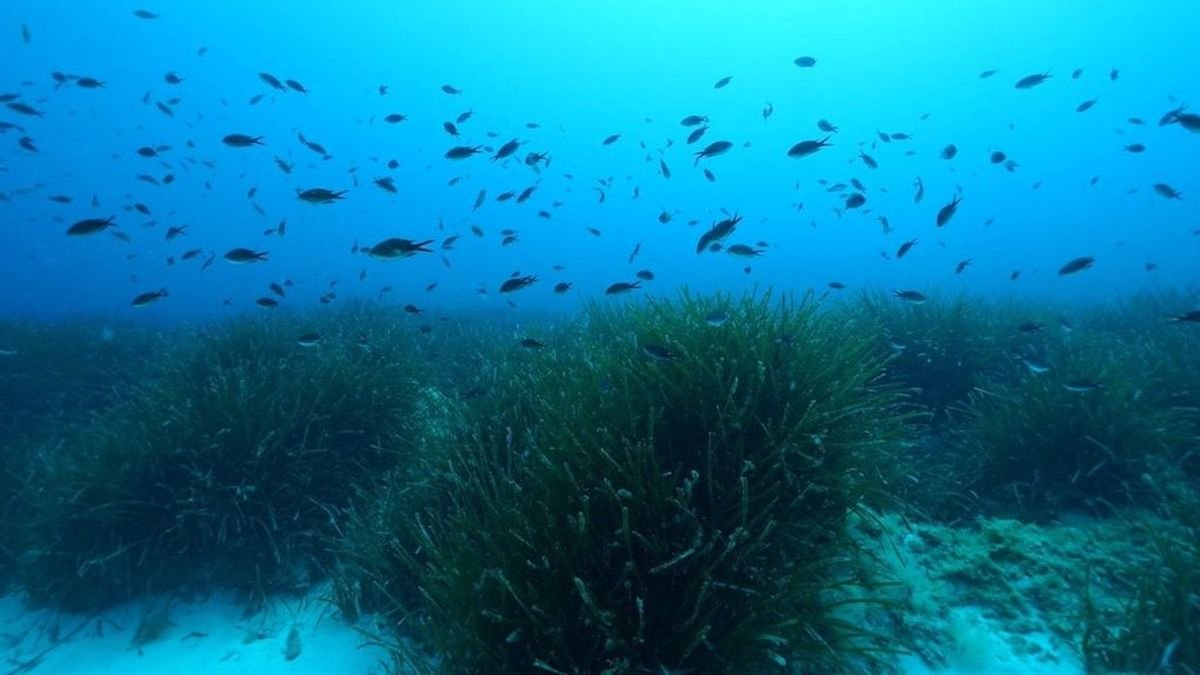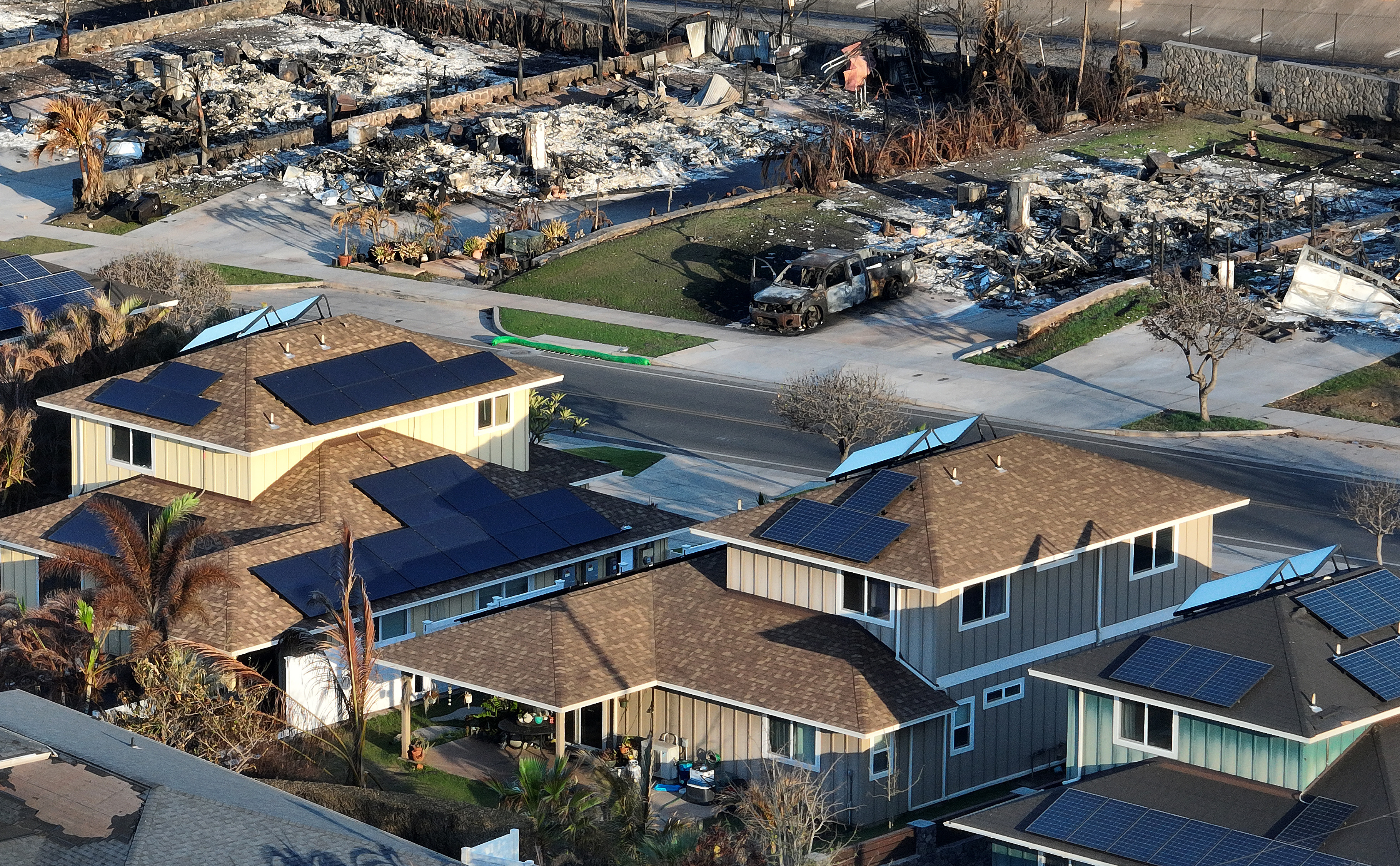Worldwide seaweeds are saving the equivalent of carbon dioxide emitted by more than 300,000 cars each year, according to new research, which also shows that the amount of sugar released by seagrasses would be enough to produce dozens of billions of sugary fizzy drinks.
Scientists from the Max Planck Institute for Marine Microbiology in Bremen, northern Germany, say that up to 1.6 million tons of sugar could be emitted by seagrass into their soil worldwide.
According to their latest study off the Mediterranean Italian island of Elba, sugar concentrations underneath the seagrass were at least 80 times higher than previously measured in marine environments.
Seagrasses are rapidly declining in all oceans.
According to the Max Planck Institute for Marine Microbiology, annual losses are as high as 7 percent at some sites - comparable to the loss of coral reefs and tropical rainforests. Up to a third of the world's seagrass might have been already lost.

Manuel Liebeke heads the Metabolic Interactions research group at the Bremen-based institution. He said: "We estimate that worldwide there are between 0.6 and 1.3 million tons of sugar, mainly in the form of sucrose, in the seagrass rhizosphere.
"That is roughly comparable to the amount of sugar in 32 billion cans of Coke!"
Liebeke underlined that seagrass meadows were among the most threatened habitats on earth.
He added: "Looking at how much blue carbon – that is carbon captured by the world's ocean and coastal ecosystems – is lost when seagrass communities are decimated, our research clearly shows: It is not only the seagrass itself, but also the large amounts of sucrose underneath live seagrasses that would result in a loss of stored carbon.
"Our calculations show that if the sucrose in the seagrass rhizosphere was degraded by microbes, at least 1.54 million tons of carbon dioxide would be released into the atmosphere worldwide.
"That's roughly equivalent to the amount of carbon dioxide emitted by 330,000 cars in a year."
Microorganisms normally quickly consume any free sugars in their environment. The team of Max Planck researchers found that seagrasses excrete phenolic compounds.
These deter most microorganisms from degrading the sucrose. This ensures that the sucrose remains buried underneath the meadows and cannot be converted into CO2 and returned to the ocean and atmosphere.
The team of experts predict that their findings are relevant for many marine environments with plants, including other seagrass species, mangroves and saltmarshes.
Seagrasses form lush green meadows in many coastal areas around the world. These marine plants are one of the most efficient global sinks of carbon dioxide on earth. One square kilometer (3.86 square miles) of seagrass stores almost twice as much carbon as forests on land - and this happens 35 times as fast.
The scientists had to develop a special method to deal with the large amounts of salt in seawater that make measurements of metabolites extremely difficult.
The renowned research institution's team of scientists wanted to determine why seagrasses produce such large amounts of sugars only to then them into their rhizosphere.
Nicole Dubilier is director of the Max Planck Institute for Marine Microbiology. She explained: "Seagrasses produce sugar during photosynthesis. Under average light conditions, these plants use most of the sugars they produce for their own metabolism and growth.
"But under high light conditions, for example at midday or during the summer, the plants produce more sugar than they can use or store. Then they release the excess sucrose into their rhizosphere. Think of it as an overflow valve".
Maggie Sogin led the research at the Mediterranean. She said: "What we realized is that seagrass, like many other plants, release phenolic compounds to their sediments."
"Red wine, coffee and fruits are full of phenolics, and many people take them as health supplements.
"What is less well known is that phenolics are antimicrobials and inhibit the metabolism of most microorganisms.
"In our experiments we added phenolics isolated from seagrass to the microorganisms in the seagrass rhizosphere – and indeed, much less sucrose was consumed compared to when no phenolics were present."
"We do not know as much about seagrass as we do about land-based habitats. Our study contributes to our understanding of one of the most critical coastal habitats on our planet, and highlights how important it is to preserve these blue carbon ecosystems."
This story was provided to Newsweek by Zenger News.
Uncommon Knowledge
Newsweek is committed to challenging conventional wisdom and finding connections in the search for common ground.
Newsweek is committed to challenging conventional wisdom and finding connections in the search for common ground.
About the writer
To read how Newsweek uses AI as a newsroom tool, Click here.








